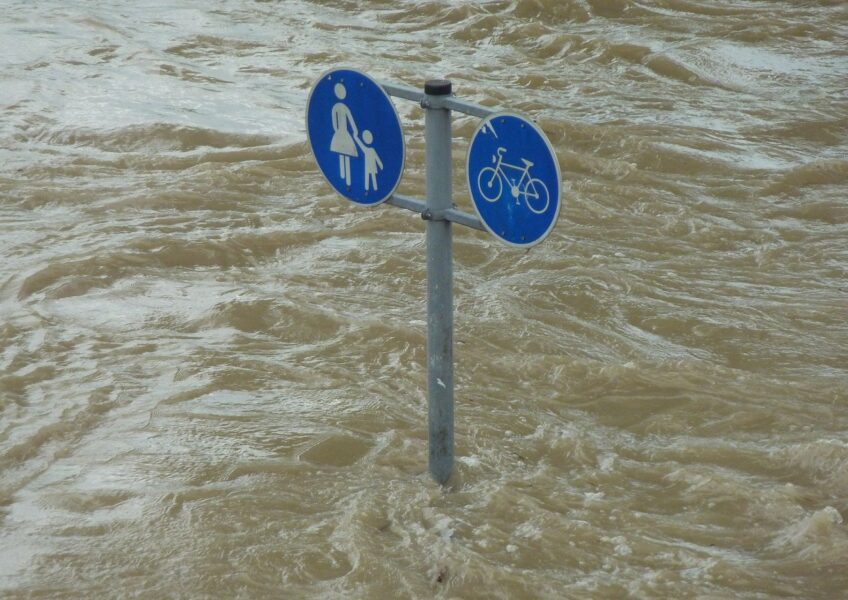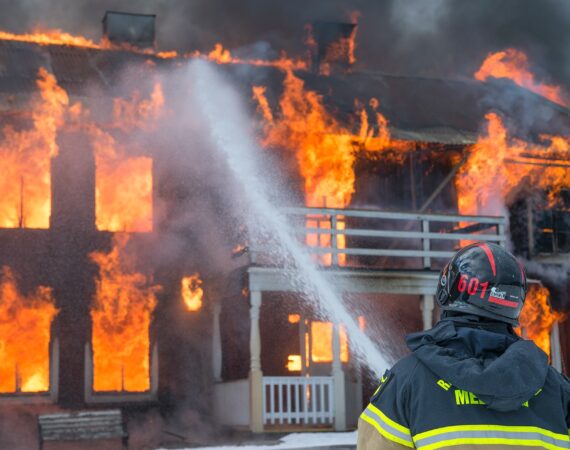Flood-Resistant Design: Engineering Buildings to Withstand Water
Rising Waters, Rising Challenges
As climate change increases the frequency and severity of flooding events, the importance of flood-resistant design in construction has never been more critical. This post explores the innovative engineering strategies and materials that make buildings more resilient against floods, safeguarding both property and lives.
Core Strategies in Flood-Resistant Construction
- Elevation of Structures: One of the most effective ways to mitigate flood risk is by elevating buildings above the base flood elevation (BFE), which is the level to which water is anticipated to rise during a 100-year flood.
- Flood-Proofing Materials: Using materials that can resist water damage, such as concrete and treated wood, and incorporating sealants that prevent water penetration into critical areas of a building.
- Wet and Dry Floodproofing: Wet floodproofing allows water to enter and exit a structure without causing significant damage, while dry floodproofing involves making a structure watertight below the potential water level.
- Incorporating Water Barriers: Temporary or permanent flood walls and barriers can be designed to shield buildings from incoming water.
Impact of Flood-Resistant Design
Implementing these strategies not only reduces the potential for structural damage and financial loss but also minimizes downtime for businesses and displacement of residents. Additionally, it contributes to the overall resilience of communities in flood-prone areas.
Challenges and Future Directions
While flood-resistant design offers numerous benefits, it also comes with challenges:
- Cost: Initial construction costs can be higher due to the use of specialized materials and design features.
- Aesthetic Considerations: Integrating flood resistance into building design without compromising aesthetic and functional aspects.
- Regulatory Compliance: Ensuring that designs meet local building codes and floodplain management regulations, which can vary significantly by region.
Case Studies: Success Stories in Flood-Resistant Design
Several projects around the world serve as exemplary models:
- The Floating Houses of the Netherlands: Designed to rise with the water levels, these homes exemplify adaptive residential design in a flood-prone region.
- Flood-Resistant Schools in Bangladesh: Elevated structures and community-centric designs that provide safe havens during floods.
Conclusion
As environmental challenges grow, so does the need for innovative solutions in the construction industry. Flood-resistant design represents a proactive approach to dealing with the realities of climate change, ensuring that buildings can endure and thrive in the face of rising waters.


